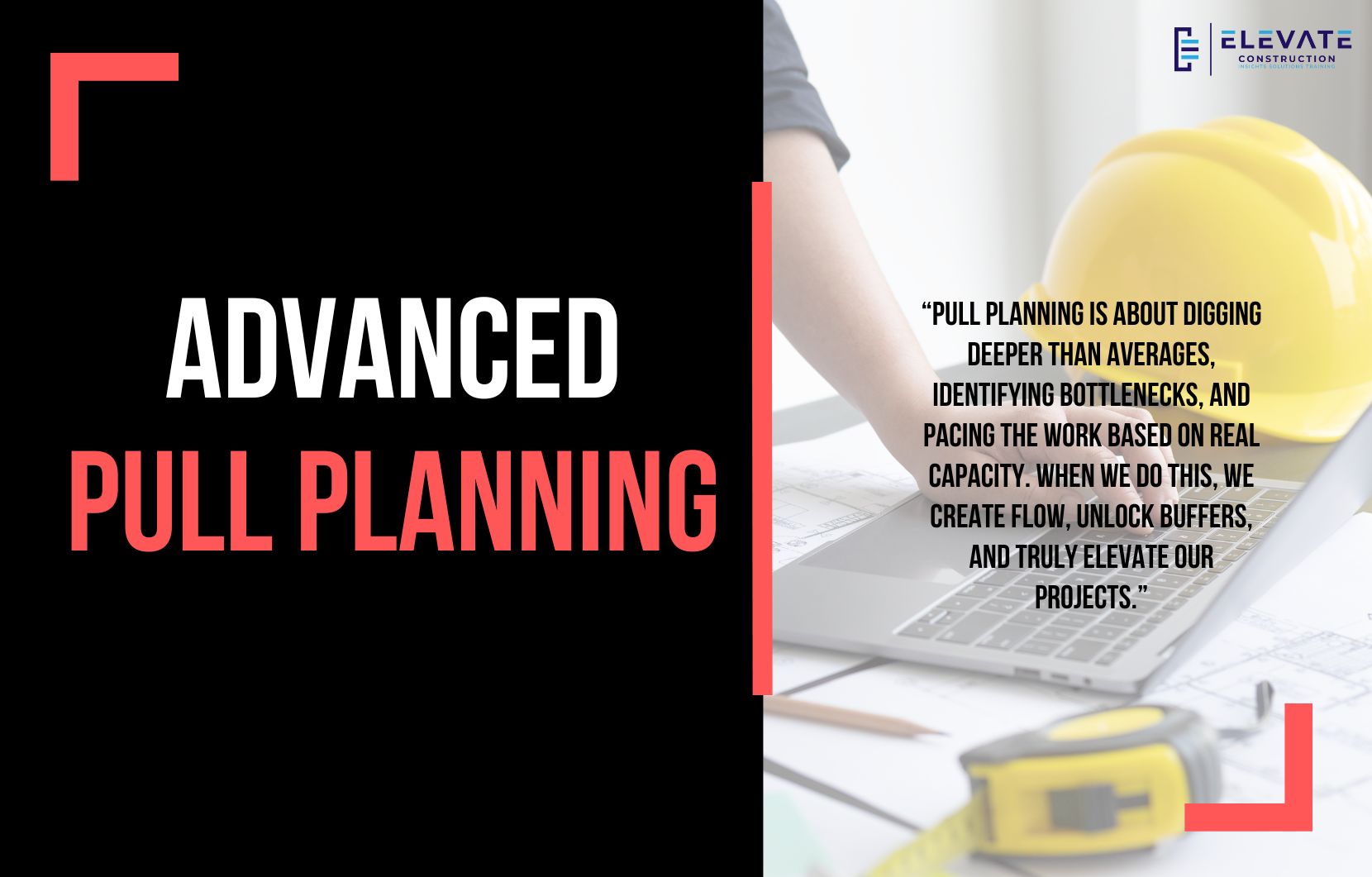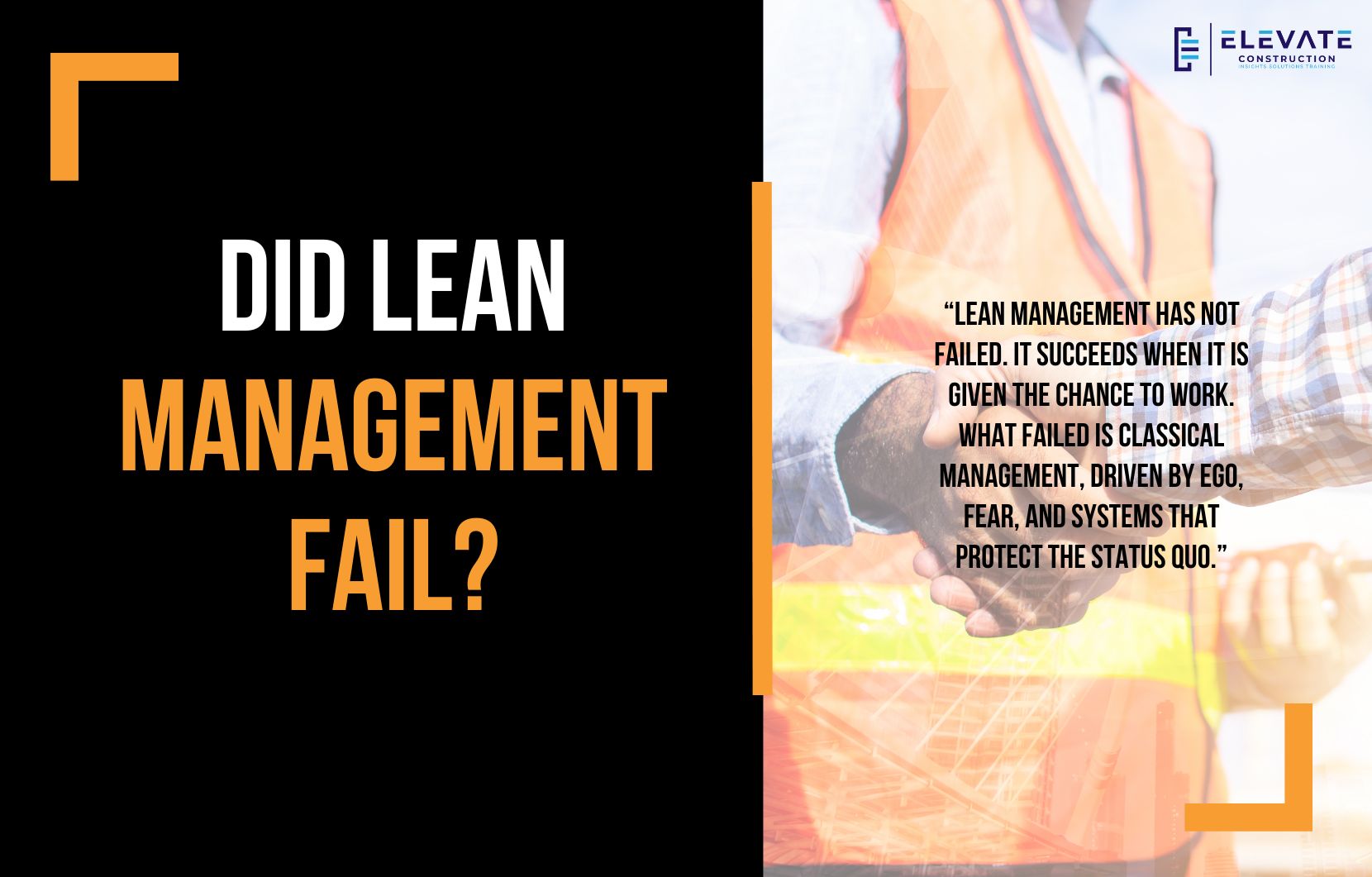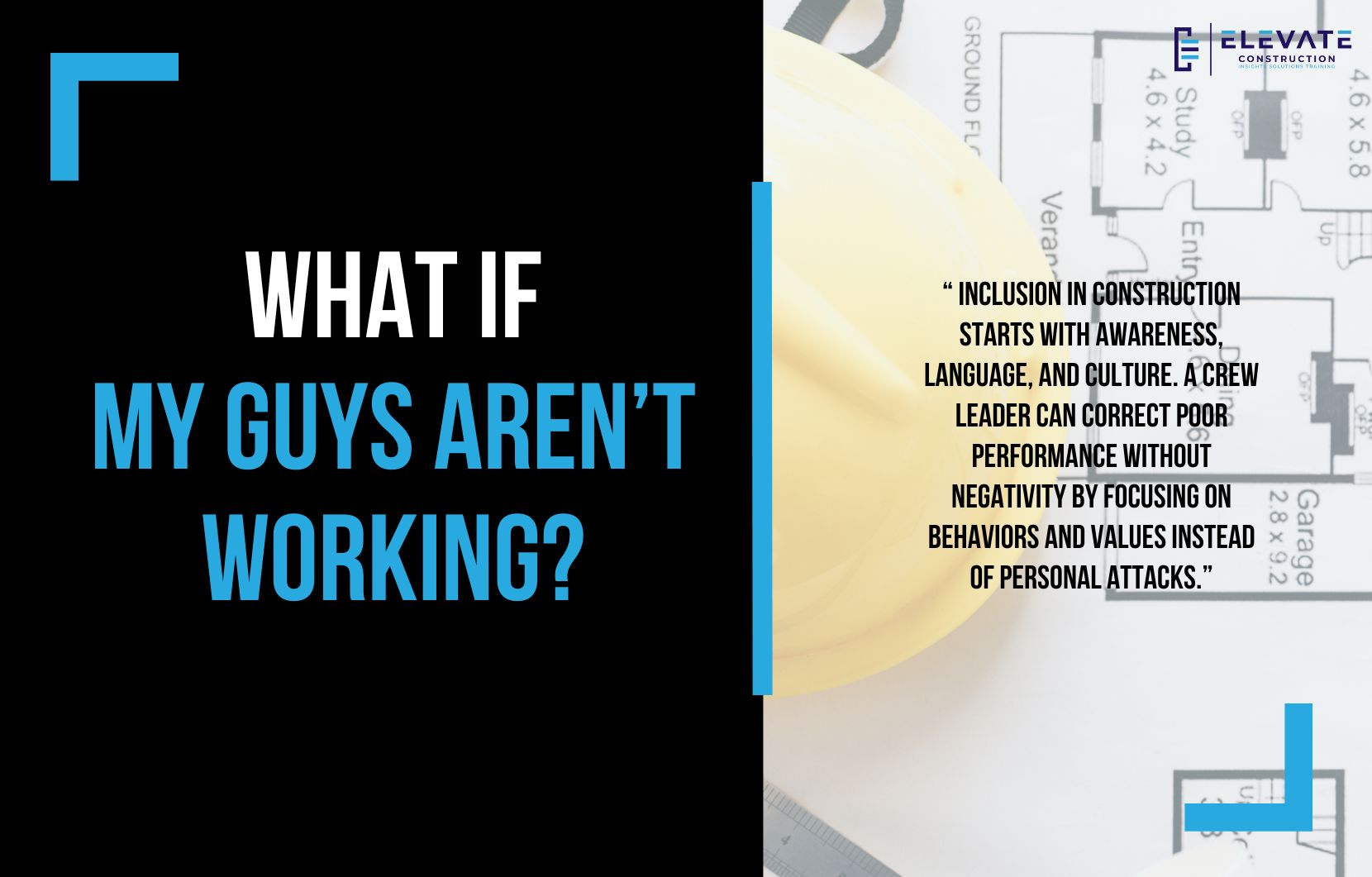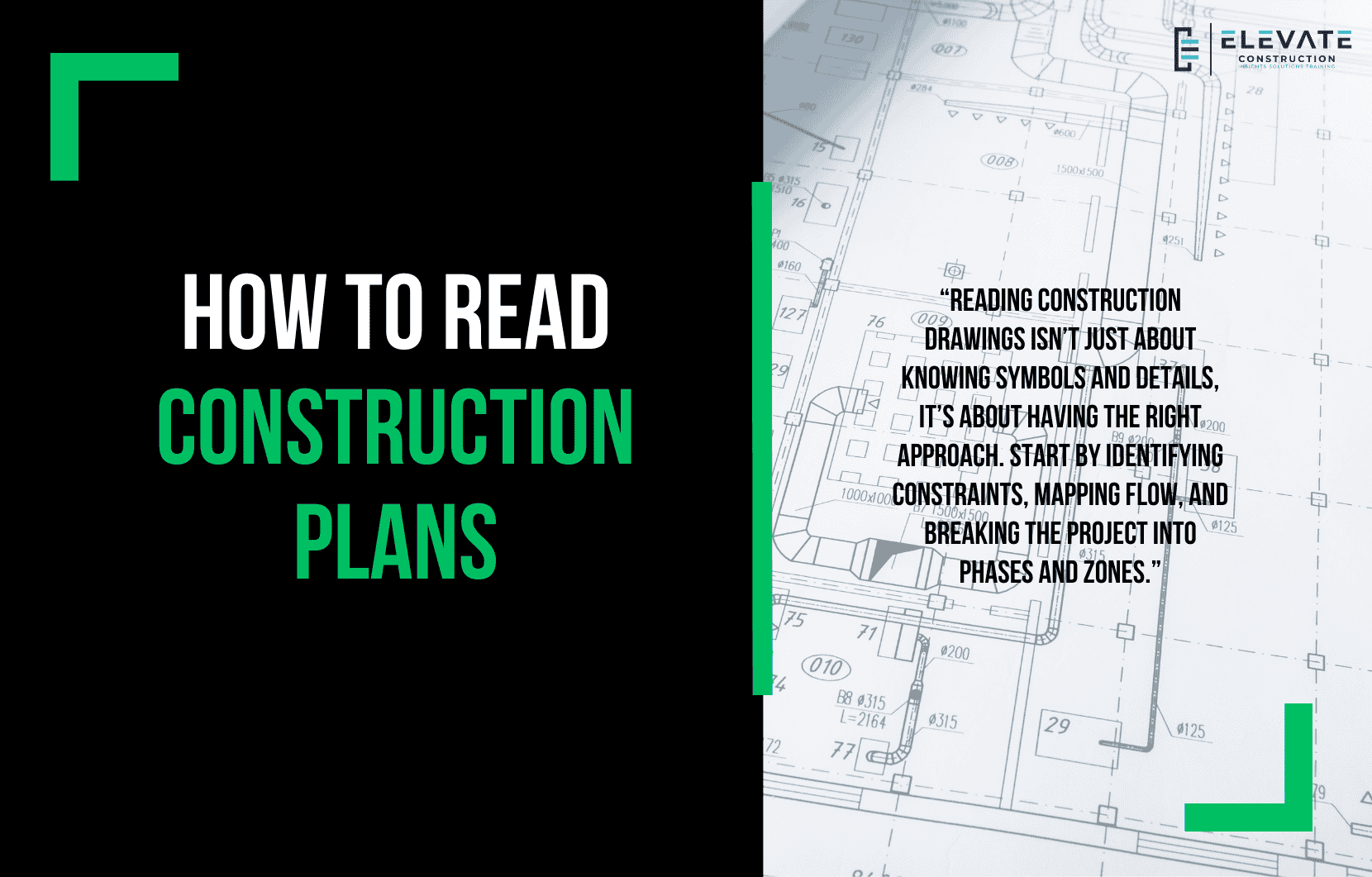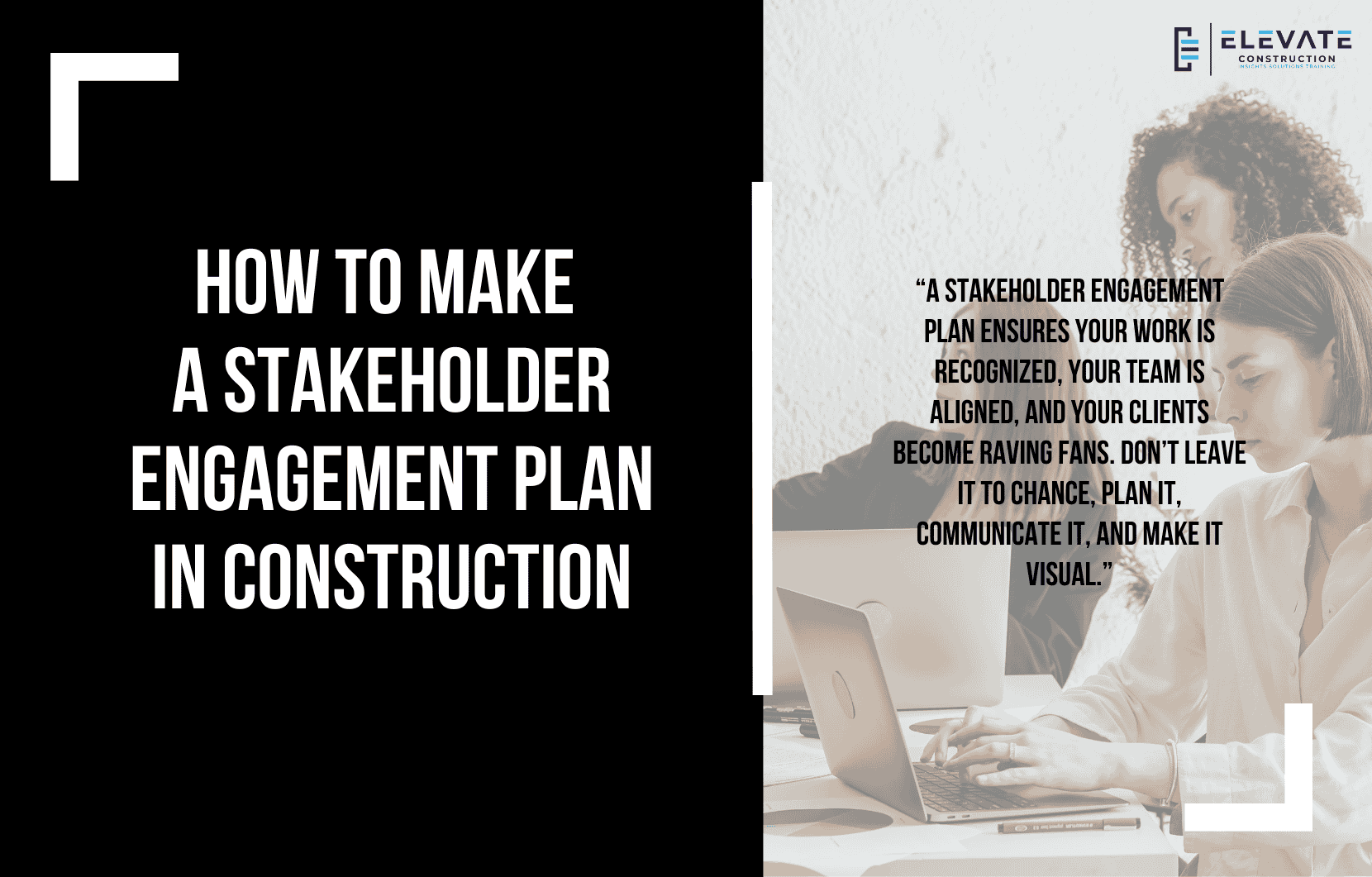Advanced Pull Planning 2.0
Today I want to share something that has been on my mind lately, and it is what I call Pull Planning 2.0. This is an advanced approach to planning that goes beyond the basics and really sets projects up for success. I know many of you already do pull plans, but sometimes those plans get sandbagged, filled with assumptions, or lack the right analysis. When that happens, we lose zone control and the project can quickly get off track.
I was recently riding home in a Waymo and reflecting on this. I had just been listening to some podcasts, catching up on content, and it struck me that I needed to share how to push pull planning to the next level. Before I dive in, I want to thank everyone who continues to send feedback. Your kind words remind me why I do this, and they encourage me to keep improving.
The Problem with Standard Pull Plans
Too often I see pull plans where every activity magically takes five days. This happens because trade partners anchor to the number they hear before them. Then sometimes the superintendent goes in and shortens durations at random without real discussions. This hurts the trades and undermines collaboration. When this happens, you do not get the right flow, and the project suffers.
That is why I believe we must go further than just collecting sticky notes with average durations. We have to dig deeper.
A Smarter Way to Plan
Here is the shift. Instead of asking for just an average duration, I ask each trade partner to provide three numbers: their fastest duration, their average, and their slowest. I also ask them to define their smallest stagger between zones. This gives us a full picture of how fast each trade can truly go, where the bottlenecks are, and what potential exists to optimize.
Once you map those durations together, you can quickly identify bottlenecks. For example, one trade might consistently be at five days while others can move faster. That five-day trade is now your constraint. From there, you can start asking questions. Could they speed up with two trained crews? Could equipment or a better process help? Could another contractor share the work? These are real solutions, not random cuts.
If nothing can be done, then everyone paces with that bottleneck. But if you can improve it, the entire project accelerates. Suddenly what would have been a five-day tack time can drop to three days. That changes compounds across zones and milestones, unlocking buffers and shortening the schedule.
Why This Matters
This approach blends pull planning with line of balance and takt planning. It forces us to look at the real constraint, not just guesswork. By focusing on bottlenecks and pacing the crews properly, we create reliable flow. The end result is confidence that the schedule reflects the best possible effort, not sandbagged durations.
Too often consultants or facilitators skip these steps. They overlook zoning, sequencing, and risk analysis. But if we want to elevate construction, we cannot cut corners on planning. Pull planning must be done strategically and carefully so that takt planning and milestone commitments are built on a solid foundation.
I am excited about how this advanced process can change the way projects flow. When done right, it gives everyone clarity, confidence, and more time.
Key Takeaway
Pull planning 2.0 is about digging deeper than averages, identifying bottlenecks, and pacing the work based on real capacity. When we do this, we create flow, unlock buffers, and truly elevate our projects.
If you want to learn more we have:
-Takt Virtual Training: (Click here)
-Check out our YouTube channel for more info: (Click here)
-Listen to the Elevate Construction podcast: (Click here)
-Check out our training programs and certifications: (Click here)
-The Takt Book: (Click here)
Discover Jason’s Expertise:
Meet Jason Schroeder, the driving force behind Elevate Construction IST. As the company’s owner and principal consultant, he’s dedicated to taking construction to new heights. With a wealth of industry experience, he’s crafted the Field Engineer Boot Camp and Superintendent Boot Camp – intensive training programs engineered to cultivate top-tier leaders capable of steering their teams towards success. Jason’s vision? To expand his training initiatives across the nation, empowering construction firms to soar to unprecedented levels of excellence.
On we go

